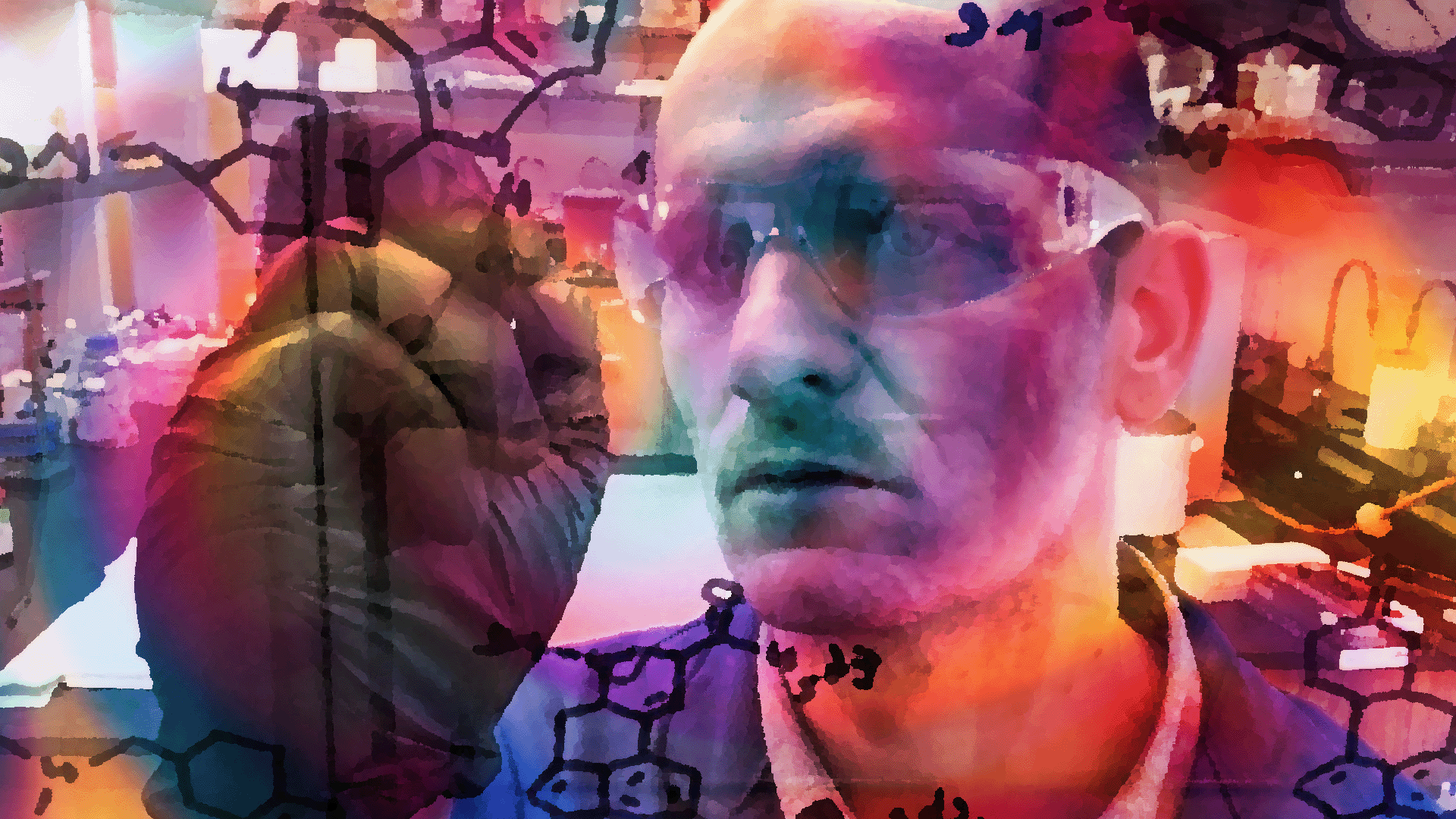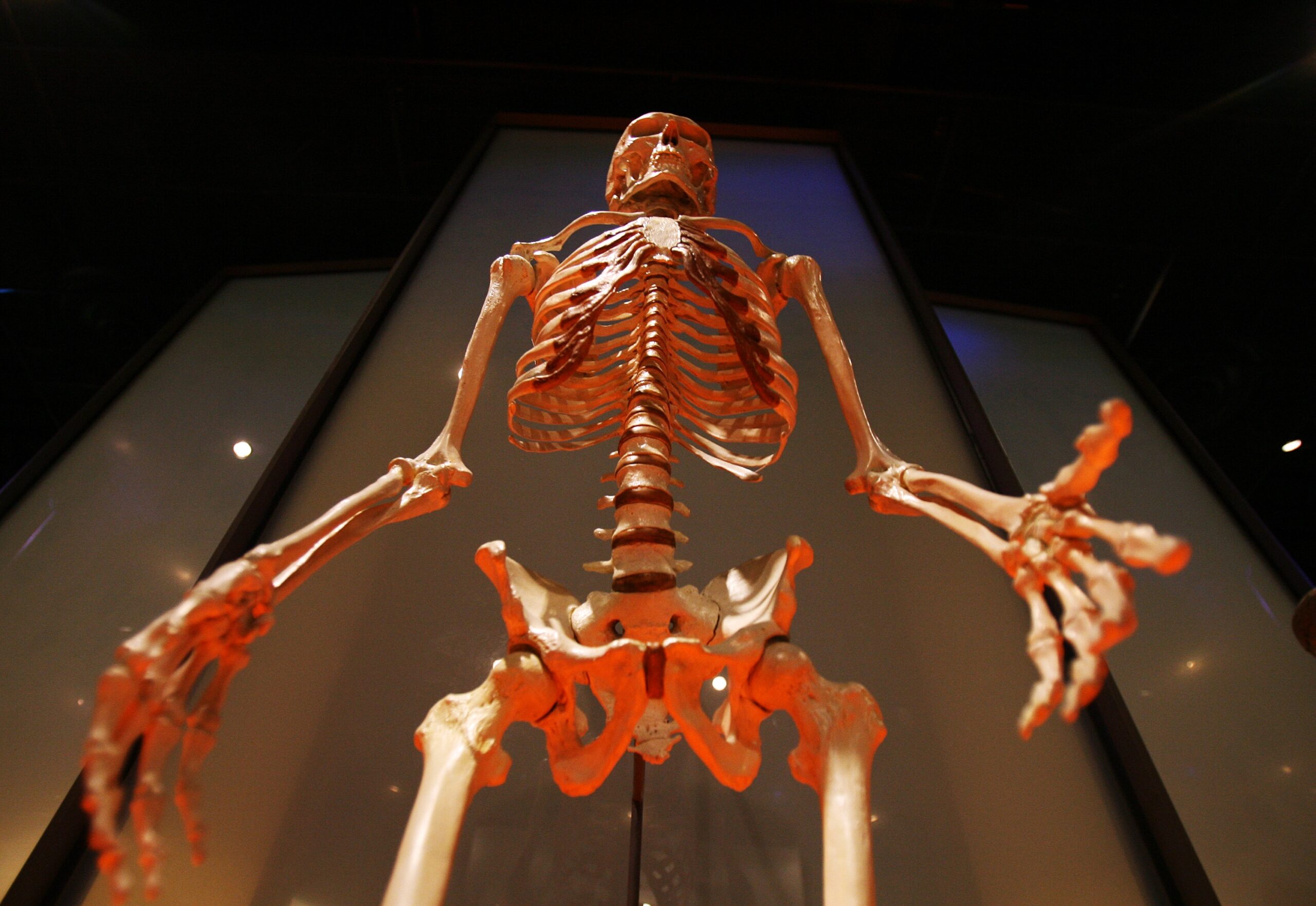Larry Meiller learns what the latest research shows about chronic headaches and how to address them.
Featured in this Show
-
All Headaches Are Not The Same, Physical Therapists Say
Developing a bad headache can make even routine tasks feel impossible and can certainly affect mood and outlook. Add to that headaches that occur multiple times a week and one’s quality of life can be seriously diminished.
There are several different types of headaches and as a result, various approaches to treatments. Bill Boissonnault, a professor at the University of Wisconsin School of Medicine and Public Health, said that not only are there different headache causes, but some people suffer with more than one variety, either at different times or simultaneously.
“Of course, treatment is going to be different depending on the underlying etiology or cause,” said Boissonnault, also a senior physical therapist at the UW Hospital Spine Center Physical Therapy Clinic.
Boissonnault said that headaches can be caused by local conditions and structures. That might be a tight muscle or jaw joint soreness seen in temporomandibular joint (TMJ) and muscle disorders.
Stress and emotions can also be the culprit. Those headaches, often referred to as tension headaches, have been found to respond to trigger point interventions, according to Lori Thein Brody, a physical therapist and athletic trainer with UW Sports Medicine and Spine Center.
The manual approach to treat tension headaches is putting pressure on certain points known to relieve irritation of nerves and muscles. Trigger point injections are another possibility. That approach is to decrease inflammation through the use of steroids, anti-inflammatories, or analgesics.
In addition, neck, shoulder and skeletal conditions can also trigger a painful headache episode. Brody explained that one class of headaches is referred to as cervicogenic. That means that they are caused by issues with the cervical spine, which is comprised of the vertebrae in the neck.
Treatment for the cervicogenic headaches often involves manual therapy, which means manipulating, mobilizing or massaging the problem area.
For example, Brody said, if the issue stems from stiff, irritated or inflamed joints in the neck, the goal is to restore free and comfortable movement.
“Mobilizing them with some specific techniques to get those joints moving again can decrease the pain that comes from those that gets relayed as a headache,” Brody said.
Boissonnault added that research done over the course of the 20th century showed that different muscles and ligaments in the face, neck, and upper body have “pain referral patterns” that reach up to the head, thus triggered what is experienced as a headache.
“So we treat locally if the joint is just stiff and needs to move better, or a muscle needs to be stretched or strengthened,” Boissonnault said.
Posture is also key to preventing and treating headaches, Boissonnault said. Whether it’s fitting a work station correctly to avoid muscle strain or ensuring that proper sleeping positions are used, he said that how the body is held during the day and night can be a factor in headaches.
Brody said that the range of types of headaches and their differing duration and levels of pain make it difficult to have strong and clear recommendations for treatment.
“There are so many different types of headaches and it’s very difficult to categorize or classify them. And the interventions are applied across a broad range of different kinds of headaches,” Brody said.
“So, there might be certain sub groups that do better with certain interventions,” she added, “But we’re not clear what those sub groups are yet, or what the indicators are for certain interventions,”
That means that while trigger point injections may work for a certain sub set of headaches, or manipulation might work for others, the diagnostic science has not yet been able to define the headache types enough to match them with the best treatment.
Brody cautioned that when a patient has had chronic headaches for a long time, the effects on the nervous system are not going to be resolved immediately, even when the correct treatment is being used. So unlike some other conditions where relief is immediate, chronic headaches can take time to respond in a noticeable way.
“It takes time to revert back. So the longer you’ve had these headaches, the more changes you get in your central nervous system that take a while to undo and unravel. So you really have to be patient and stick with the intervention,” Brody said.
“Headaches are very complex,” Boissonnault added.
Episode Credits
- Larry Meiller Host
- Judith Siers-Poisson Producer
- Bill Boissonnault Guest
- Lori Thein Brody Guest
Wisconsin Public Radio, © Copyright 2024, Board of Regents of the University of Wisconsin System and Wisconsin Educational Communications Board.



